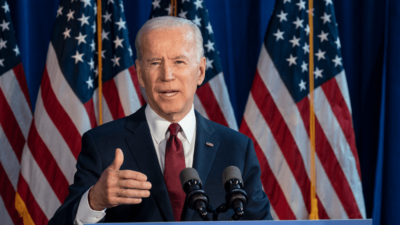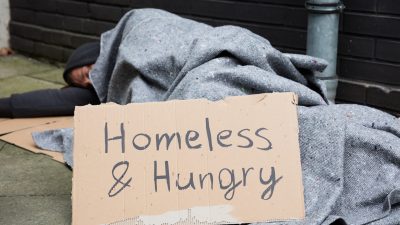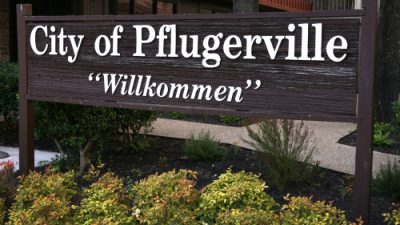Following months of debate, voters will get the final word today on Proposition A, Austin’s proposed $7.1-billion public transit plan. The overhaul, known as Project Connect, has been one of the bigger issues on the local level during the 2020 election season, with supporters claiming it’s something that should have been approved decades ago, and critics believing the tax impact would not be sustainable.
The ballot language for Proposition A reads as follows:
Approving the ad valorem tax rate of$0.5335 per $ 100 valuation in the City of Austin for the current year, a rate that is $0.0875 higher per $100 valuation than the voter-approval tax rate of the City of Austin, for the purpose of providing funds for a citywide traffic-easing rapid transit system known as Project Connect, to address traffic congestion, expand service for essential workers, reduce climate change emissions, decrease traffic fatalities, create jobs, and provide access to schools, health care, jobs and the airport; to include neighborhood supportive affordable housing investments along transit corridors and a fixed rail and bus rapid transit system, including associated road, sidewalk, bike, and street lighting improvements, park and ride hubs, on-demand neighborhood circulator shuttles, and improved access for seniors and persons with disabilities; to be operated by the Capital Metropolitan Transportation Authority, expending its funds to build, operate and maintain the fixed rail and bus rapid transit system; the additional revenue raised by the tax rate is to be dedicated by the City to an independent board to oversee and finance the acquisition, construction, equipping, and operations and maintenance of the rapid transit system by providing funds for loans and grants to develop or expand transportation within the City, and to finance the transit-supportive antidisplacement strategies related to Project Connect. Last year, the ad valorem tax rate in the City of Austin was $0.4431 per $100 valuation.
The City of Austin envisions a sweeping overhaul that includes a new light rail system, more buses, an underground subway tunnel, numerous park and ride locations, and a $300-million allocation toward low-income housing and displacement. Proposition A has the backing of the entire Austin City Council, including Mayor Steve Adler.
“As a community, we need to decide if this is the plan we want. I think it is,” Adler said recently. “It’s something that will help us with traffic and congestion in ways nothing else will.”
But Adler’s optimism has been met with equal skepticism from critics, including Travis County Commissioner Gerald Daugherty. He and many others point to the potential property tax impact, which has been estimated to be nearly 25-percent.
“In the middle of the worst economic event Austin, Texas may ever have, it is insulting and I just can’t believe they’re doing it,” Daugherty said. “This is a property tax for the City of Austin from this point forward. This is the most damaging thing I have ever seen come before the voters.”
Adler has repeatedly pushed back against claims of a 25-percent spike in the tax rate, saying those who claim the city would see such an increase are spreading misinformation. Daugherty, however, remains unconvinced that Adler is being truthful about that.
“It will be the last nail in the coffin for small business people because they cannot tolerate any increase,” Daugherty said.
A companion item is also on the ballot today: Proposition B. While also focused on mobility, the $460-million proposal would put more of an emphasis on things such as bike lanes and sidewalks.
“The issuance of $460,000,000 in tax supported general obligation bonds and notes for planning, constructing, reconstructing, and improving sidewalks, urban trails, bikeways, bridges, roads, streets, intersections, and related utility and drainage infrastructure for the roads and streets; improving traffic signal synchronization and communications and control systems and acquiring and installing traffic signals and related technology to implement traffic safety and traffic fatality reduction strategies; and acquiring land and interests in land and property necessary to do so; and the levy of a tax sufficient to pay for the bonds and notes.”
A similar mobility bond proposal was approved in 2016 when voters said yes to $720-million in corridor improvements.





